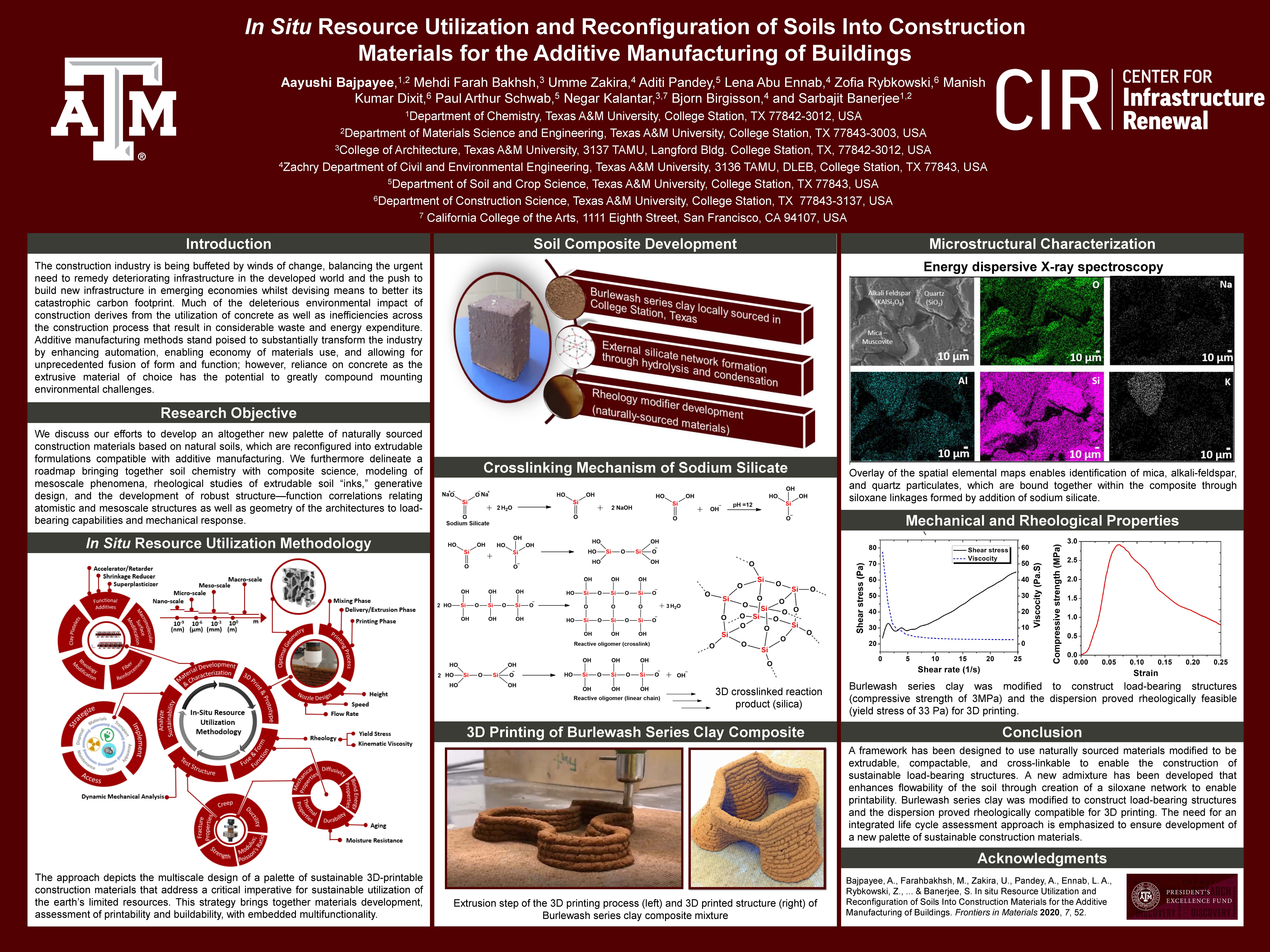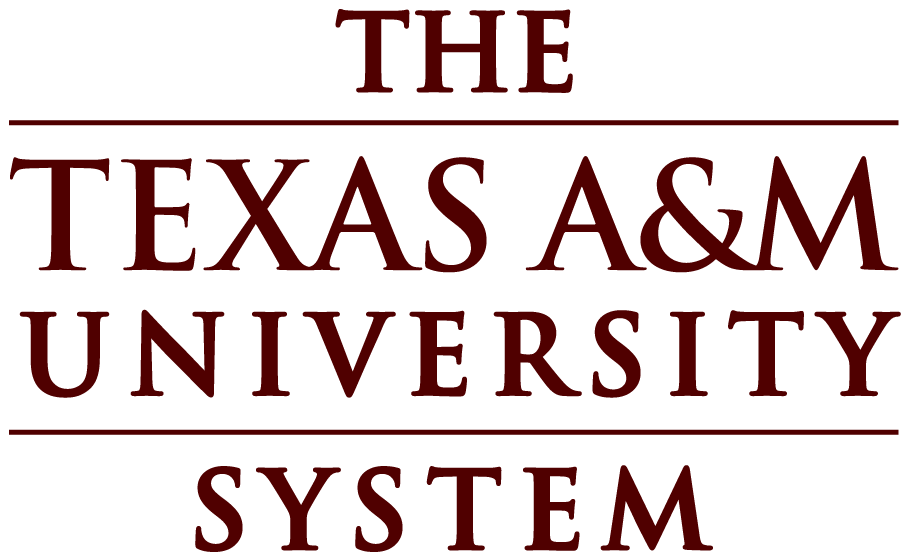Introduction
Aayushi Bajpayee completed  her undergraduate degree in chemical science and technology with a minor in chemical engineering at the Indian Institute of Technology Guwahati, master’s degree in chemistry at The University of Tokyo, and is currently a graduate student in chemistry under the supervision of Prof. Sarbajit Banerjee in the Department of Chemistry at Texas A&M University. She holds experience in inorganic chemistry and materials science. Her areas of research include surface modification, oil/water separation, soil stabilization, carbon capture, and rheology modification for additive manufacturing. Recently, Aayushi has been involved in the development of sustainable membranes for produced water treatment in the Permian Basin as a part of the University Lands project. She has also been working on molecular zipper formulations for the incorporation of montmorillonite clay in fast-setting low-carbon-footprint cement.
her undergraduate degree in chemical science and technology with a minor in chemical engineering at the Indian Institute of Technology Guwahati, master’s degree in chemistry at The University of Tokyo, and is currently a graduate student in chemistry under the supervision of Prof. Sarbajit Banerjee in the Department of Chemistry at Texas A&M University. She holds experience in inorganic chemistry and materials science. Her areas of research include surface modification, oil/water separation, soil stabilization, carbon capture, and rheology modification for additive manufacturing. Recently, Aayushi has been involved in the development of sustainable membranes for produced water treatment in the Permian Basin as a part of the University Lands project. She has also been working on molecular zipper formulations for the incorporation of montmorillonite clay in fast-setting low-carbon-footprint cement.
The construction industry is being buffeted by winds of change, balancing the urgent need to remedy deteriorating infrastructure in the developed world and the push to build new infrastructure in emerging economies whilst devising means to better its catastrophic carbon footprint. Much of the deleterious environmental impact of construction derives from the utilization of concrete as well as inefficiencies across the construction process that result in considerable waste and energy expenditure. Additive manufacturing methods stand poised to substantially transform the industry by enhancing automation, enabling economy of materials use, and allowing for unprecedented fusion of form and function; however, reliance on concrete as the extrusive material of choice has the potential to greatly compound mounting environmental challenges. In this perspective, we discuss our efforts to develop an altogether new palette of naturally sourced construction materials based on natural soils, which are reconfigured into extrudable formulations compatible with additive manufacturing. We furthermore delineate a roadmap bringing together soil chemistry with composite science, modeling of mesoscale phenomena, rheological studies of extrudable soil “inks,” generative design, and the development of robust structure—function correlations relating atomistic and mesoscale structures as well as geometry of the architectures to load-bearing capabilities and mechanical response. We illustrate this approach using a naturally harvested burlewash clay sample crosslinked through formation of a siloxane framework, which has been 3D printed into a load-bearing structure. The need for an integrated life cycle assessment approach is emphasized to ensure development of a new palette of sustainable construction materials.




